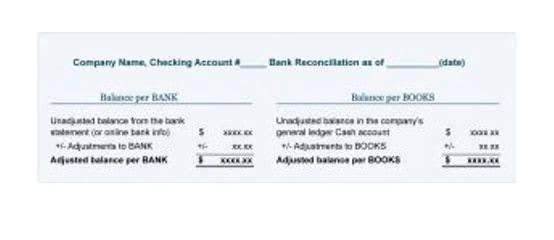
As technology evolves and production capabilities expand, unsold inventory items may quickly lose their luster and become obsolete. This is true for even recently manufactured products; companies not in tune with market conditions may be producing goods that are already outdated. The ultimate goal of NRV is to recognize how much proceeds from the sale of inventory or receipt of accounts receivable will actually be received. For this reason, one of the primary drivers of NRV is collectability. This relates to the creditworthiness of the clients a business chooses to engage in business with.
Step three: Calculate the Net Realizable Value NRV.
- The conservative principles involved in the calculation prevent the overstatement of assets.
- It digitizes your entire business operations, right from customer inquiry to dispatch.
- When doing the NRV calculations for accounts receivable, the allowance for doubtful accounts or bad debts takes the place of total selling costs.
- For instance, if the debit balances in the account receivables are $10,000 and have a credit balance of $800, then $9,200 is the resulting value of accounts receivables in the net realizable value method.
- Fortunately, calculating net realizable value is relatively straightforward.
- NRV for accounts receivable is a conservative method of reducing A/R to only the proceeds the company thinks they will get.
- The calculation for Net Realizable Value has a variety of methods to get an answer.
Since 5% of the inventory is defective, that means 500 units require repairs. On the accounting ledger, an inventory impairment net realizable value of $20.00 would then be recorded. Therefore, the Net realizable value of the accounts receivable is $4,500.
Example 1 – Calculating the NRV of an inventory asset

Keep in mind that this should follow the conservatism principle in accounting. The total production and selling costs are expenses required to trade. For any company, accounts receivables and inventory are the two asset forms that it maintains. The net realizable value formula helps in determining the value of both. The NRV analysis that companies perform is accepted by generally accepted accounting principles (GAAP) as well as International Financial Reporting Standards (IFRS). Net realizable value for inventory is the estimated selling price of inventory in the ordinary course of business, minus the estimated costs of completion and sale.
What Is Meant by Net Realizable Value of Accounts Receivable?
In compliance with prevailing accounting regulation, Volkswagen considered net realizable value when determining its inventory value. Loosely related to obsolescence, market demand refers to customer preferences, tastes, and other influencing factors. In addition to a good becoming outdated, broad markets may be interested in substitute products, advanced products, or cheaper products. Competition always runs the risk of supplanting a good’s market position, even if both goods are still relevant and highly functioning. Depending on the industry the company is it, the company may decide to accept a certain amount of uncollectable sales.
Step one: Determine the asset values.
In regards to accounts receivable, this is equal to the gross amount to be collected without considering an allowance for doubtful accounts. To calculate a value for inventory assets, companies calculate raw materials, labor, and other direct costs. NRV is the valuation method which is adopted by the firms to ensure they price the assets properly.
What can Net Realizable Value tell you about your business?

There are different methods for calculating this depending on the purpose of finding the NRV. Mostly like you won’t have to break out the calculator since the formula is very simple. Hence with the conservative method, the NRV of Inventory is $3.4 Bn. Hence with conservative method NRV of Account Receivable for IBM is $9 Bn. The cost of shipping that asset is $20, and commission charges are $10. Calculating the net realizable value involves a straightforward process that ensures assets are valued correctly.

The market value of this inventory i2 is $200, and the preparation cost to sell this inventory i2 is $30. First, the approach requires substantial assumptions from management about the future of the product. For goods clouded with uncertainty, it may be nearly impossible to predict obsolescence, product defects, customer returns, pricing changes, or regulation. This is especially true during inflationary periods when the Federal Reserve is interested in raising rates. As prices are elevated, the government may choose to combat rising prices.

Accounting for Net Realizable Value
